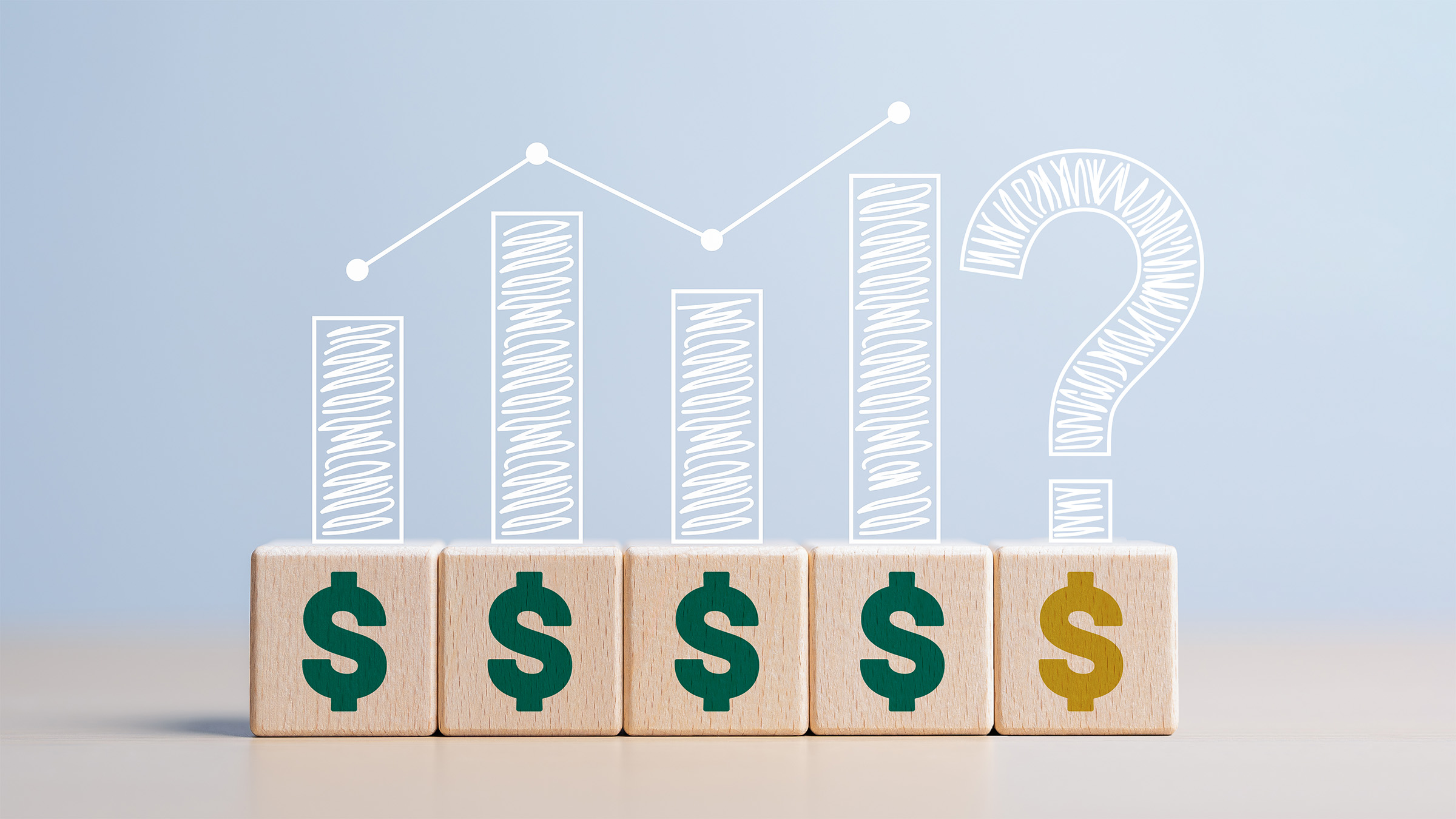This essay is also available on Medium.
This time is different. I consider those the four most dangerous words in economics.
Today, policymakers are paying increased attention to the so-called flattening yield curve—the difference in yields between long-term and short-term Treasury bonds. For the past 50 years, an inverted yield curve, where short rates are higher than long rates, has been an excellent predictor of a U.S. recession. In fact, during this half-century period, each time the yield curve has inverted, a recession has followed. Over the past two-and-a-half years, as the Federal Reserve has raised short-term interest rates, the yield curve has flattened dramatically, with the difference between 10-year and two-year Treasuries down from 134 basis points in December 2016 to 25 basis points today, a 10-year low.
Is the flattening yield curve telling us a recession is around the corner?
Some say, “No. This time is different,” and that the flattening yield curve is not a concern. The truth is we don’t know for sure. But we do know the bond market is telling us that inflation expectations appear well-anchored, the economy is not showing signs of overheating and rates are already close to neutral. This suggests that there is little reason to raise rates much further, invert the yield curve, put the brakes on the economy and risk that it does, in fact, trigger a recession.
If inflation expectations or real growth prospects pick up, the Fed can always raise rates then.
The primary reason some policymakers argue that this time is different is because the “term premium” is low today, and so they argue that comparisons to past yield curve inversions are misplaced. If the term premium were at its historical average, these policymakers say, the yield curve would be steeper and an inversion would be further off. This is the same argument some policymakers made in late 2006 to explain why they didn’t worry about the then-inverted yield curve. We now know the Great Recession followed that inversion.
So what is the term premium?
It is the extra returns investors often demand to hold a long-term bond versus a series of short-term bonds. While we’ve given it a technical-sounding name, the truth is we don’t fully understand it. It’s just a residual of the various factors embedded in market prices that we can’t explain.
Why is the term premium low?
Maybe because the Fed’s expanded balance sheet is holding it down. Maybe investors are nervous about trade tensions and are buying Treasuries to hedge those risks. Maybe there is an excess of savings around the world. We don’t know. If I said this time is different because the residual is low, would you be willing to risk a recession on that hunch without clear evidence that inflation expectations are rising above target? I sure wouldn’t.
In the past year, Congress has enacted both a major increase in spending and a large tax cut, and the Federal Reserve has begun winding down its balance sheet. All of these factors increase the supply of Treasury bonds that the private markets must hold. For example, the private sector’s holdings of Treasury securities with remaining maturity of at least 10 years has increased at a rate of $14.2 billion per month so far in 2018 versus a rate of $7.5 billion per month in 2014.
This additional supply should be putting downward pressure on Treasury prices, driving yields up. Yet the 10-year yield has increased remarkably little, to 2.83 percent today. The fact that the 10-year yield is, so far, staying around 3 percent suggests that monetary policy, with a federal funds rate of 1.75 percent to 2.0 percent, is near neutral today. If the markets were expecting higher inflation or stronger real economic growth, that should be showing up as higher long-term bond yields.
If the Fed continues raising rates, we risk not only inverting the yield curve, but also moving to a contractionary policy stance and putting the brakes on the economy, which the markets are indicating is at this point unnecessary.
Deciphering the many signals from financial markets is not an exact science. But declarations that “this time is different” should be a warning that history might be about to repeat itself.





